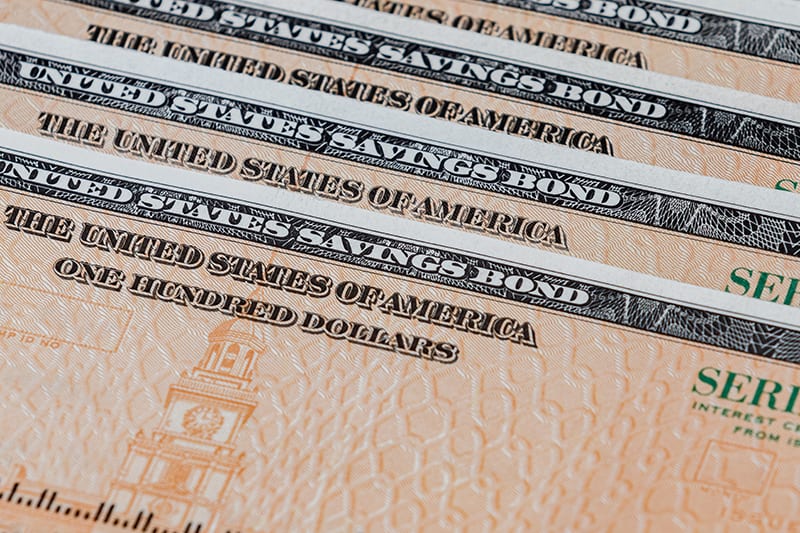Warburton Capital Management
“Why Do I Own Bonds Again?”
So… a buddy walks in and wants to grab a cup of coffee because he’s got some questions about the Bonds in his portfolio. At the first sound of the word “coffee,” we were happy to oblige. (If you’ve been in our office recently, you’ll understand why we’ve been described as “highly functioning coffee-haulics” …but that’s beside the point.)
“The stock market has been going up so much, and the bond market has been dipping as interest rates rise. Why do I own bonds again?” Well, buddy – we’re so glad you asked.
It’s been approximately a decade since the Great Recession began. By year-end 2008, the U.S. Federal Reserve (the Fed) had lowered the target federal funds rate to near-zero and embarked on an aggressive quantitative easing campaign, hoping to resuscitate the economy with a big booster shot of lending, borrowing and spending dollars.
Perhaps the economic recovery that followed was a direct result of these and other Fed initiatives. More likely, there were a number of contributing factors. Either way, the Fed has begun to reverse course, restoring its policies and targets closer to historical “norms” through quantitative tightening and gradually rising rates.
As an investor, what can or should our buddy do to prepare if rates do continue to rise? For that matter, what can or should our buddy do if they don’t? As usual, our advice may not be as action-packed as you might crave, but there are a number of solid, evidence-based strategies to guide the way.
Let Purpose Guide the Way – Invest in a Customized, Sensible, PURPOSEFUL Plan.
If there’s one principle that drives the rest, it’s the importance of having your own detailed financial plan. If you have a personalized plan, you have a touchstone for any and all investment decisions you make, including building and maintaining an appropriate balance between stocks and bonds, as well as determining what to include within your bond portfolio.
In the absence of a plan, you’re left with a continuous struggle to predict how, when and if it’s time to react to greater events over which we have no control. While there is no guarantee that your plan will deliver the outcomes for which it’s been designed, we believe that it represents your best interests and your best odds for achieving your personal goals.
At Warburton Capital, a keystone of our Purposeful Planning Process is to construct Currency Escrows and Long-Term Portfolios for our clients. For clients that are retired or about to retire, our professional opinion is that they should have 10-15 years of “Monthly Net Need” stashed away in Short-Term, Globally-Diversified, Investment-Grade Fixed Income, while the remainder of their portfolio is invested for the Long Term, and future replenishment of the Currency Escrow. With 10-15 years of Bonds set aside…an investor can typically withstand the vagaries and inter-period volatility of the Stock Market. (See the included chart below to observe the difference between Fixed Income volatility and Equity volatility.)
This is only a piece of the puzzle, of course. But it’s an important one. If you own Fixed Income, it should be for a Purpose, and perhaps that purpose is that you would like to Make Work Optional and Maintain That Status. We don’t typically recommend taking more risk than you need to by hoping Equities can sustain your income needs, or by dipping into Junk-Quality bonds in search for more returns. Rather, let’s set aside a certain amount of money that will help you maintain your lifestyle so that you don’t have to earn it again.
Of course, every client’s plan is different, which is why we would love to review or create your plan soon over a fresh cup of coffee!
Wishing you the very best as you balance the pressures of the present and the future, your professional goals and your personal goals, I remain
Warburton Capital Management


